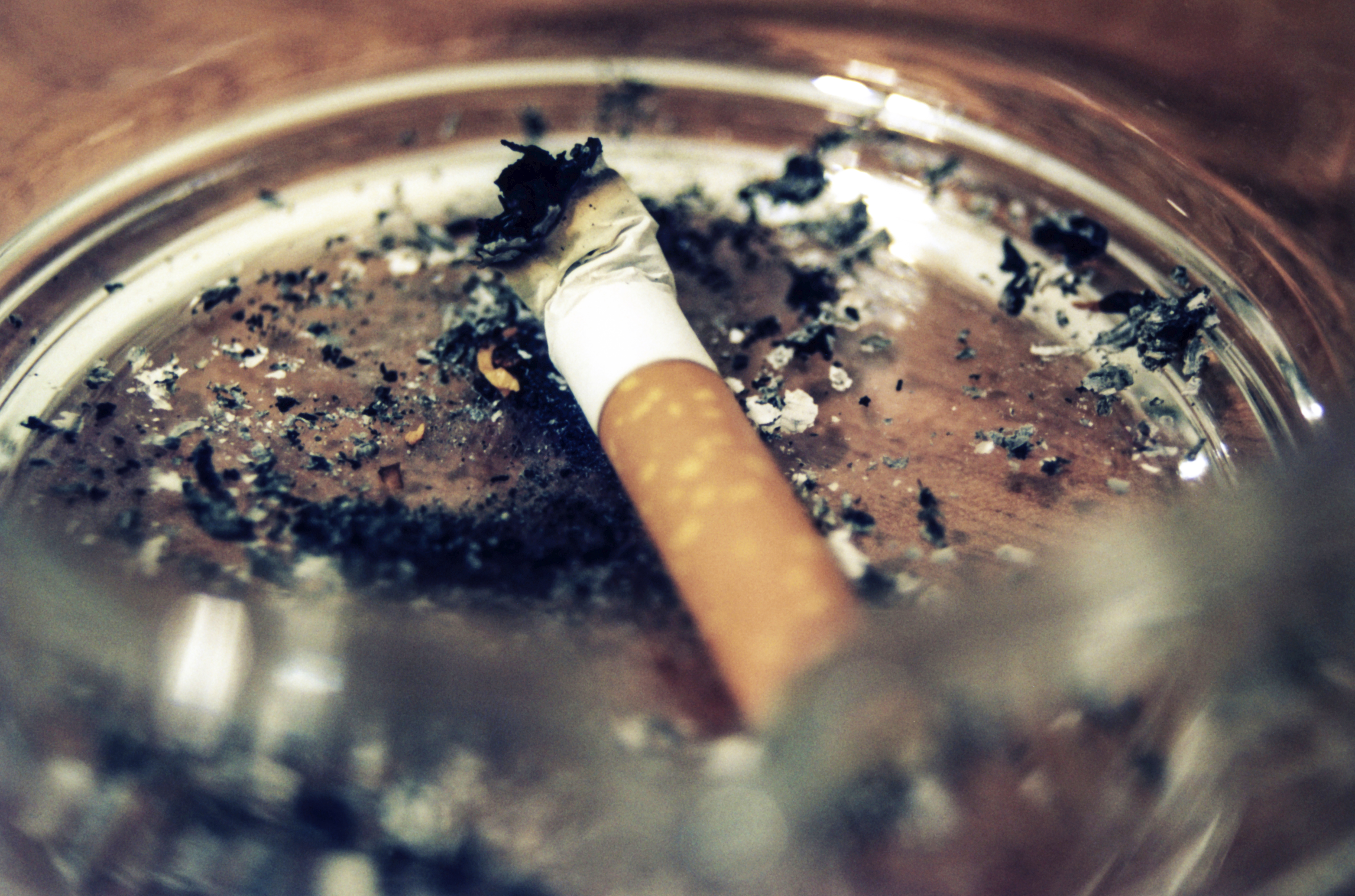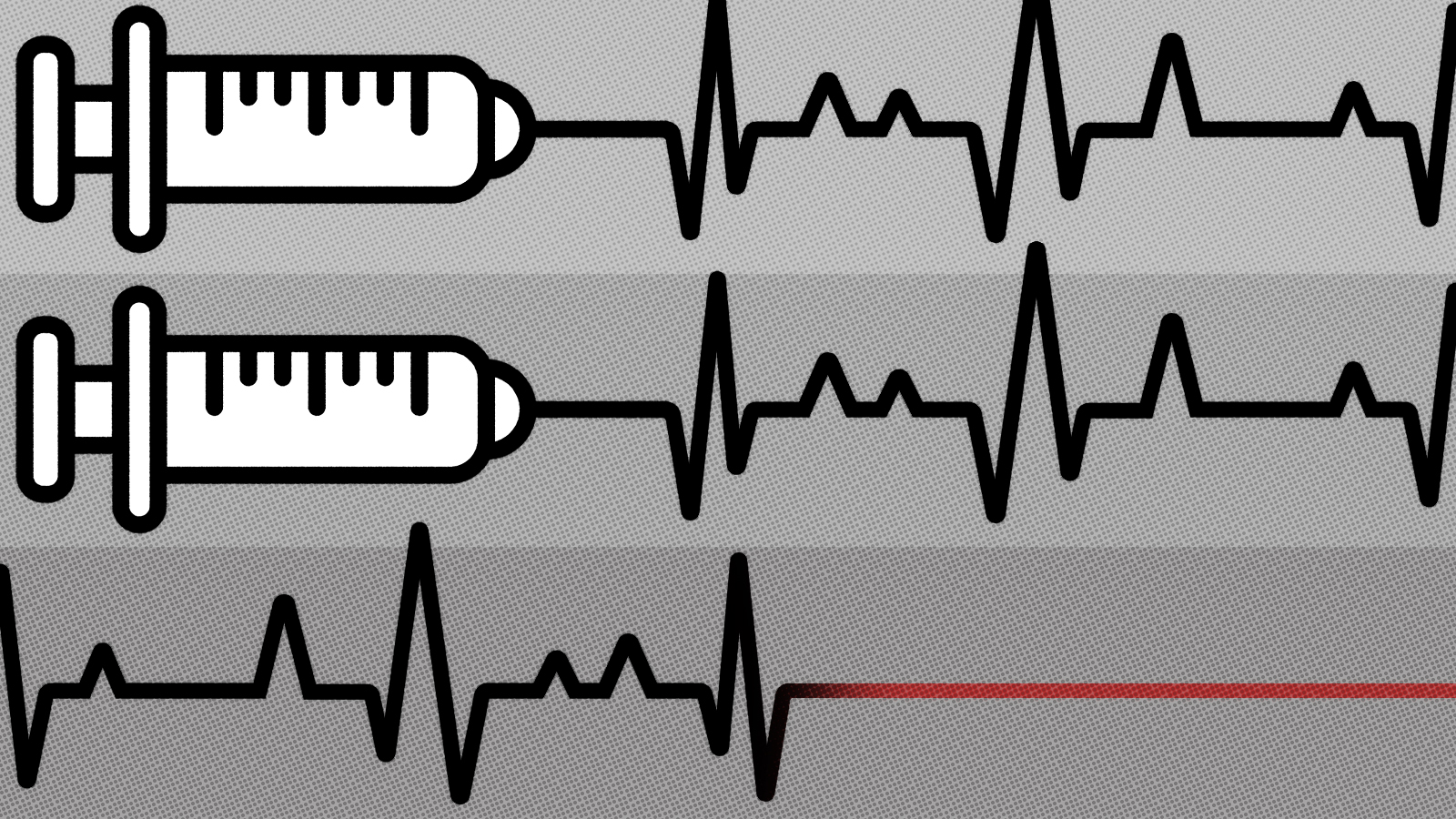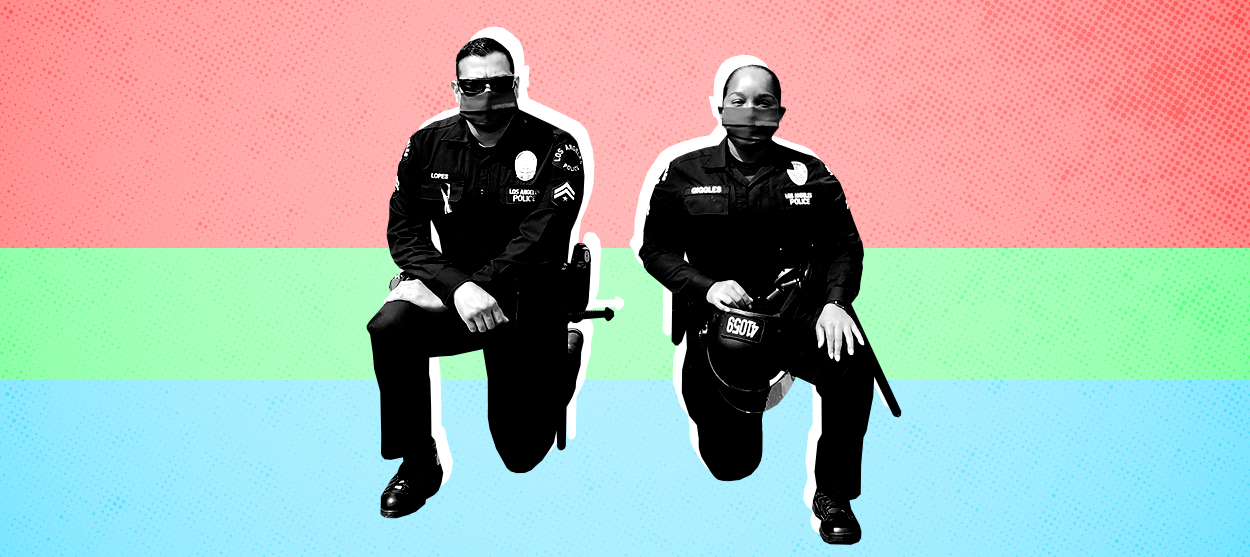The end of smoking?
At one time, half the U.S. population smoked. Today, most smokers have quit. What happened?

At one time, half the U.S. population smoked. Today, most smokers have quit. What happened? Here's everything you need to know:
How many people smoke today?
In the U.S., just 17.8 percent of the population smokes — a record low, and down from a peak of more than 50 percent in the 1950s. Punishing taxes, indoor-smoking bans, and gruesome ad campaigns have compelled smokers to quit at such a rate that Citigroup analysts predict their numbers could drop to nearly zero by 2050. This decline is largely the result of a remarkable change in public perception of smoking, which the tobacco industry had successfully portrayed as cool and rebellious — a mark of sophistication and maturity. Now smokers are largely pariahs, and smoking is widely seen as a dangerous, dirty, and disgusting habit. Fifty years ago, "everyone around me smoked," says photo developer Barry Blackwell, 60. "Everyone." Now, looking down on smokers is "one of the few socially acceptable prejudices left."
The Week
Escape your echo chamber. Get the facts behind the news, plus analysis from multiple perspectives.

Sign up for The Week's Free Newsletters
From our morning news briefing to a weekly Good News Newsletter, get the best of The Week delivered directly to your inbox.
From our morning news briefing to a weekly Good News Newsletter, get the best of The Week delivered directly to your inbox.
Why have smoking rates dropped so dramatically?
Fewer teens are starting to smoke in the first place, which helps. But a wave of state and city smoking bans for indoor spaces, including offices, restaurants, and bars, have also made it increasingly inconvenient for existing smokers to light up outside the home. In the aftermath of those bans, a 2012 study showed, hospitalizations for heart attacks and strokes fell at least 15 percent. The public-smoking bans did not merely force smokers to light up at home, as many health officials first feared, but have actually encouraged large numbers to kick the habit entirely. The percentage of smoke-free homes in Minnesota, following bans on restaurant, bar, and workplace smoking, for example, grew from 64.5 percent in 1999 to 87.2 percent in 2010.
What about ad campaigns?
Television ads have proved a hugely successful way of rebranding smoking. One campaign in particular terrified huge numbers of smokers into chucking away their cigarettes: the 2012 "Tips From Former Smokers" campaign by the Centers for Disease Control and Prevention (CDC), which featured harrowing videos of people who'd developed cancer, diabetes, emphysema, and other diseases as a result of smoking. "During radiation treatments I'm still smoking because I'm that addicted," said one of the former smokers, who had a mechanical voice and prominent tracheotomy hole in his throat. "It wasn't until they took out my voice box and I breathed through a hole in my neck that I finally quit." In the three months after these ads aired, 200,000 Americans quit smoking. CDC Director Tom Frieden says the ads represented a "David vs. Goliath" victory against the tobacco industry, which spends about $8 billion annually marketing its products. "Because we have truth on our side," said Frieden, "these ads make a difference."
A free daily email with the biggest news stories of the day – and the best features from TheWeek.com
Do cigarette taxes help?
Hitting smokers in the wallet has proved the most effective strategy. In 2009, President Obama signed a historic federal tax hike that raised cigarette prices 22 percent overnight; the following year, 3 million fewer people said they smoked. These days, smoking is a very expensive habit to have: In New York City, the average price of a single pack of cigarettes is $13. Hard-core smokers who can withstand smoking bans and ad campaigns about smoking's dangers find it harder to ignore cost considerations, said Dr. Mary O. Sullivan, director of the Margarita Camche Smoking Cessation Program. "Even our schizophrenia patients, who are the most addicted, who used to smoke two and three packs a day, even they are smoking less because of the price," O'Sullivan told The New York Times.
Is smoking dying out everywhere?
Unfortunately, no. In the developing world, the trend has been exactly the reverse: Tobacco consumption more than doubled between 1970 and 2000, and three-quarters of the world's smokers now live in developing countries such as Nigeria, India, and China. Tobacco companies have flocked to these countries to boost profits, and governments in the region are profiting from the trend. In China, home of 340 million smokers, cigarette taxes generate up to 10 percent of total annual central government revenues. In the long run, however, the huge health costs of treating hundreds of millions of smokers are sure to catch up with China and other countries, and they will probably follow the West's lead in trying to discourage smoking.
What's the future of smoking?
It's not dead yet. Even after decades of decline in the U.S., 42 million people still smoke, and smoking causes 500,000 deaths a year. And while smoking rates dropped 62 percent among high-income families from 1965 to 1999, they dropped only 9 percent among low-income families. Trends suggest that the number of smokers will continue to creep down; regulations that lower the amount of nicotine in cigarettes could help speed up that process. But unless the government makes smoking illegal, millions will continue to smoke. As epidemiologist Catherine Hill points out, only 70 percent of current smokers say they actually want to quit. "Ambitious goals for a smoke-free society," she says, "do not take this simple fact of life into account."
E-cigs: The next generation's habit
For today's teenagers, smoking cigarettes is no longer a widespread rite of passage. More of them smoke marijuana than tobacco, and a growing number are attracted to e-cigarettes — battery-powered handheld devices that heat up nicotine-laced fluid, vaporizing it for users to inhale. As teen cigarette use has dropped from 23 percent in 2000 to 9 percent today, e-cig experimentation among high schoolers has soared, tripling in just one year to 13 percent. In theory, that could be a good thing: E-cigs are tobacco- and smoke-free, so they don't cause the severe lung damage of cigarettes — though studies have found formaldehyde, benzene, and other toxins in the devices' secondhand vapor. But a recent study found that e-cigs can start teens down the road to regular cigarette use, since they, too, get people addicted to nicotine. "While e-cigarettes may potentially represent a product that can reduce harm for established cigarette smokers," the study authors said, "they may simultaneously contribute to the development of a new population of cigarette smokers."
-
 Trump’s poll collapse: can he stop the slide?
Trump’s poll collapse: can he stop the slide?Talking Point President who promised to ease cost-of-living has found that US economic woes can’t be solved ‘via executive fiat’
-
 Sudoku hard: December 7, 2025
Sudoku hard: December 7, 2025The daily hard sudoku puzzle from The Week
-
 Codeword: December 7, 2025
Codeword: December 7, 2025The daily codeword puzzle from The Week
-
 Do unvaccinated COVID patients deserve scarce care? A doctor weighs in.
Do unvaccinated COVID patients deserve scarce care? A doctor weighs in.The Explainer Justice, judgment, and the last ICU bed
-
 How to vaccinate the anti-vaxxers
How to vaccinate the anti-vaxxersThe Explainer Instead of blaming people for not doing the right thing, let's focus on eliminating the obstacles to vaccination that still remain
-
 The U.S. could double its COVID-19 vaccine availability overnight. What's the holdup?
The U.S. could double its COVID-19 vaccine availability overnight. What's the holdup?The Explainer How the FDA could approve a more efficient vaccine rollout
-
 The October Surprise nobody wanted
The October Surprise nobody wantedThe Explainer Trump has COVID-19. Really, 2020?
-
 Life is worth living
Life is worth livingThe Explainer What's driving America's rising suicide rate?
-
 Social workers are masters at de-escalation. Here's what the police can learn from them.
Social workers are masters at de-escalation. Here's what the police can learn from them.The Explainer Knowing how to peacefully resolve conflict, rather than exacerbate it, can save lives
-
 Settling in for the long pandemic
Settling in for the long pandemicThe Explainer Life won't be back to "normal" anytime soon
-
 Sports reveal how much America is trailing the rest of the world
Sports reveal how much America is trailing the rest of the worldThe Explainer MLS and other American leagues are stumbling through their pandemic restart plans